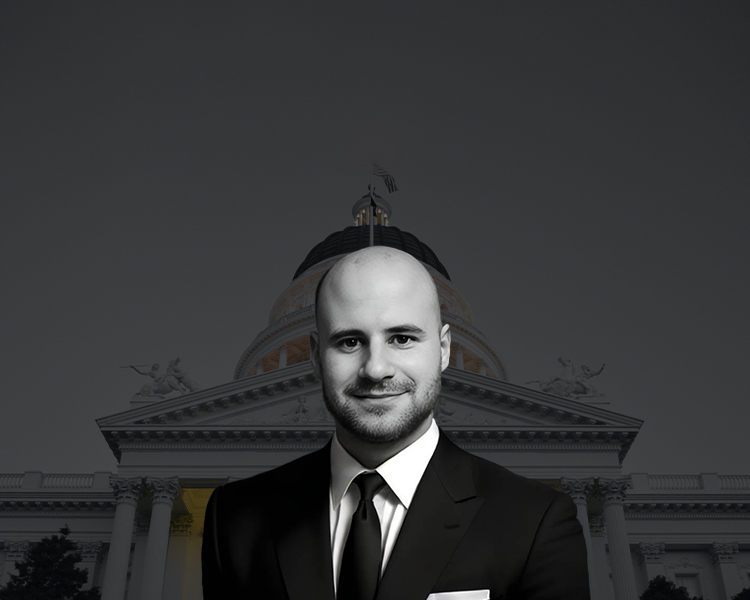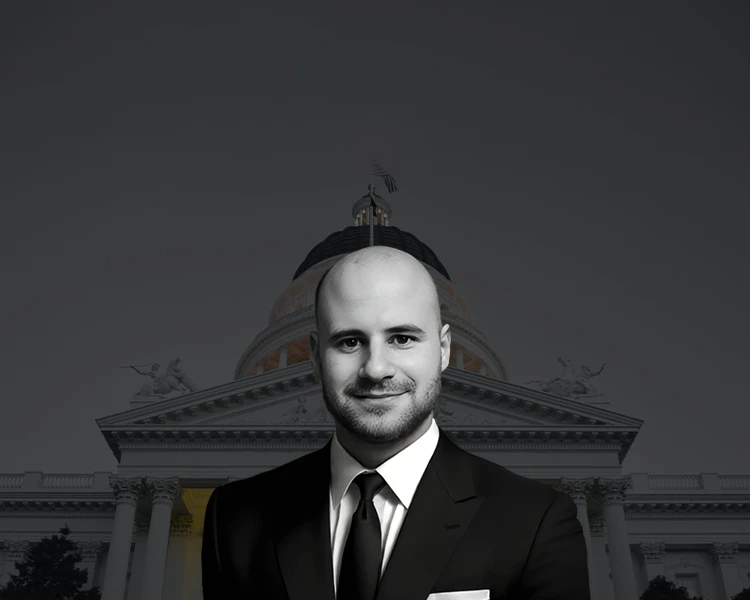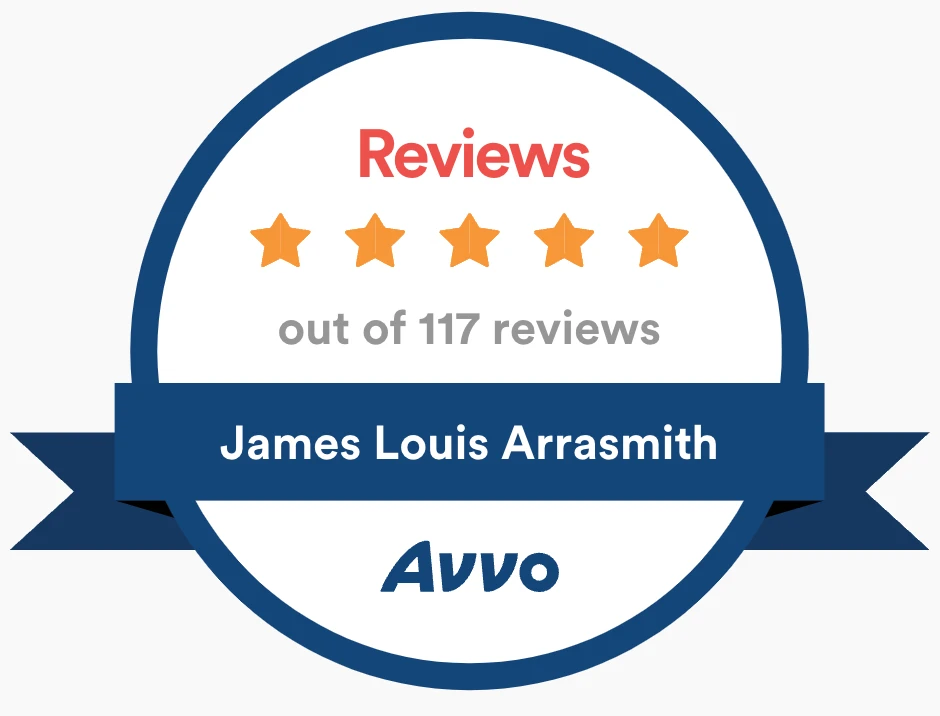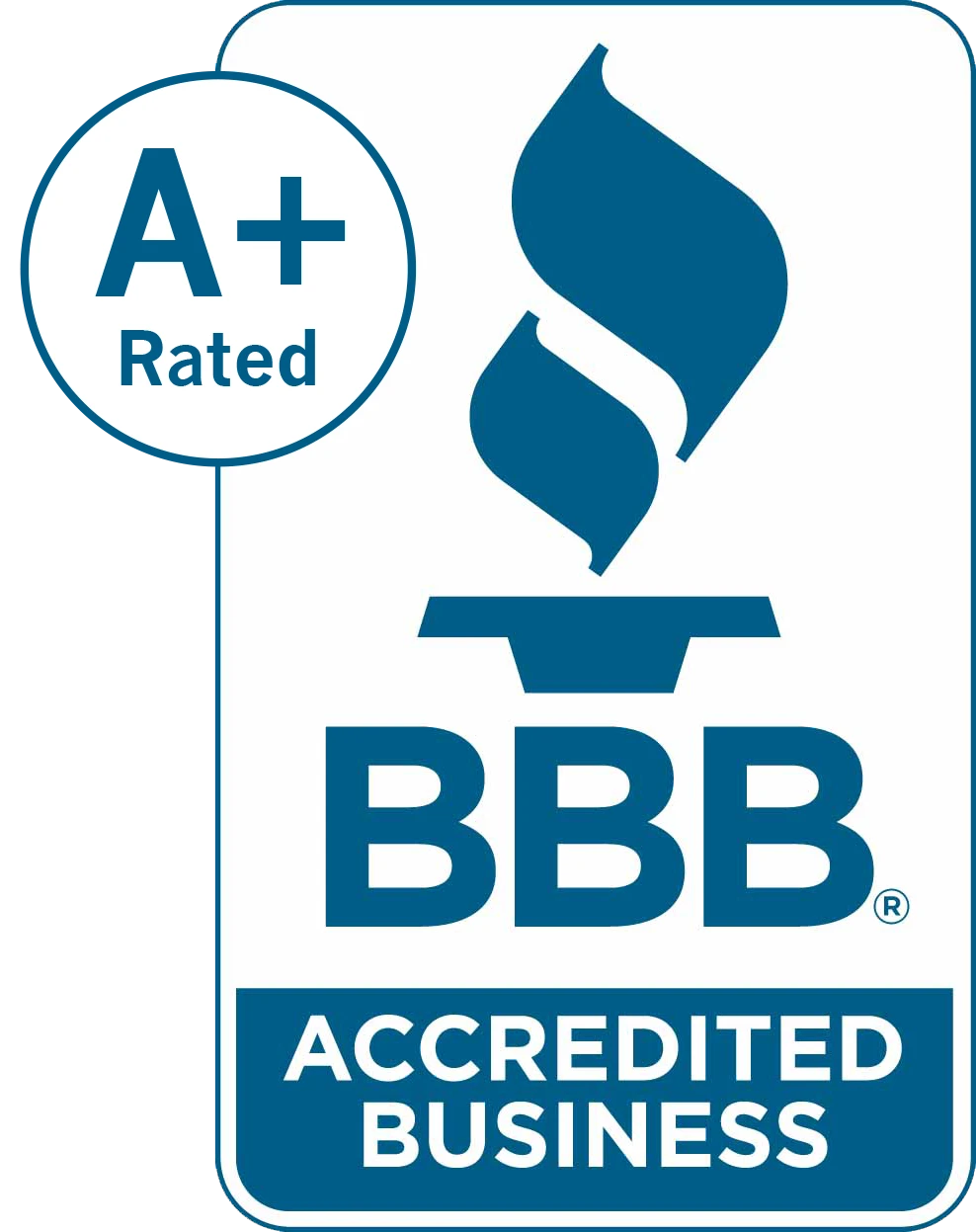- Easy Consultation (916) 704-3009


Liability vs Property Damage Coverage in California Auto Insurance

Buying car insurance in California means getting familiar with liability and property damage coverage. Both play important yet distinct roles in protecting drivers on the road. This guide examines how liability and property damage work, California legal requirements, and tips for getting the right coverages.
Overview of Liability Coverage in California
Liability insurance covers bodily injury and property damage that you cause to others when an accident is your fault. California requires all drivers to carry this coverage.
What Liability Coverage Pays For
If an at-fault accident injures others, liability insurance helps pay for:
- Medical bills
- Lost wages
- Pain and suffering
- Wrongful death damages
If you damage another vehicle or property, liability coverage pays for repairs or replacement costs.
Liability insurance protects your assets if you get sued. Settlements and lawsuit judgments can easily exceed hundreds of thousands of dollars.
California Minimum Liability Limits
California requires these minimum auto liability limits:
- $15,000 bodily injury per person
- $30,000 bodily injury per accident
- $5,000 property damage
However, these limits may not be enough. Many experts recommend 100/300/100 limits or higher.
When Liability Coverage Applies
Liability insurance only covers damages when the policyholder is legally responsible. It does not pay anything if an accident is not your fault.
Overview of Property Damage Coverage
Property damages coverage pays to repair or replace another person’s property that you damaged in an accident, regardless of fault.
What it Covers
Typical losses covered include:
- A fence or mailbox you hit while parking
- A ball cracks a neighbor’s window
- Windshield damage from debris flying off your car
Property damages coverage simplifies minor accidents by paying small claims directly rather than going through liability questions.
California Requirements
California does not require drivers to carry property damages coverage, but it’s inexpensive and recommended. Typical limits range from $5,000 to $10,000.
When it Applies
Property damage coverage pays any time you damage someone else’s property, even if the accident was not your fault. There is no need to prove negligence.
Key Differences Summarized
- Liability coverage pays claims when you are legally liable; property damage coverage pays regardless of fault.
- Liability covers bodily injury and property damage; property damage only covers damage to property.
- Liability limits are higher because claims can be extremely expensive.
Scenarios Illustrating the Difference
You crash into a brand new Porsche: Your liability coverage will pay for the repair or value of the Porsche if you are at fault.
A stone from your lawn mower hits a neighbor’s house: Your property damage coverage will pay to repaint the chipped area, even though you weren’t negligent.
Your son dings another car while parking at school: Property damage coverage will pay for the repair without needing to determine fault.
Tips for California Drivers
- Review liability limits and consider increasing them if they seem too low.
- Add property damage coverage for minor accidents where fault doesn’t matter.
- Carry proof of insurance in your car at all times.
- Understand exclusions that may apply to certain drivers or situations.
- Consider getting an umbrella liability policy for extra protection.
- Maintain a good driving record to keep insurance affordable.
Frequently Asked Questions
How much liability insurance do I need?
Experts recommend at least 100/300/100 limits, which is higher than California minimums. Pay attention to the per-person limits.
What happens if I cause an accident with damages exceeding my liability limits?
You would be personally responsible for paying any amount over your policy limits. Having higher limits reduces this risk.
Can I save money by skipping property damage coverage?
Probably not. This coverage is quite affordable, often just a few dollars per month. It offers valuable protection.
Does property damage coverage raise my rates after a claim?
Not necessarily. Accidents where you are not at fault should not impact your premiums.
What if someone sues me after an accident?
Notify your insurer immediately. They will provide legal representation and defense based on your liability coverage.
What is an umbrella liability policy?
An umbrella policy provides additional liability coverage that kicks in after you auto and home policy limits are exhausted. These policies start at $1 million.
Did You Know?
- The average auto liability claim in the U.S. is over $15,000.
- 28% of all liability claims in California are for over $50,000.
- Uninsured motorist coverage protects you if an at-fault driver has no insurance.
- DUI accidents can exceed your liability limits and lead to lawsuits.
Sites and Sources
Topics
- AI Laws
- Adoption Forms
- Alimony After 20 Years of Marriage
- Alimony After 20 Years of Marriage in California
- Animal Cruelty Laws
- Asset Protection Attorney
- Asset Protection Lawyer
- Bike Accident Attorney
- Bike Crash Attorney
- Breach of Contract
- Business & Contract Law
- Business Attorney
- Business Formation
- Business Law
- Business Lawyer
- California Accident Claims
- California Artificial Intelligence Laws
- California Attorney
- California Crimes
- California Divorce Papers
- California Eviction Attorney
- California Eviction Lawyer
- California Fence Law
- California Insurance Claim Attorney
- California Law
- California Laws 2025
- California Legal Resources
- California Lottery Attorney
- California Lottery Lawyer
- California Penal Code Section 26150
- California Premises Liability
- California Property Law
- California Real Estate Attorney
- California Squatters Rights
- California Taxes
- California Wrongful Death
- California Wrongful Death Attorney
- California Wrongful Death Lawyer
- California property damage lawyer
- Can Felons Run for President?
- Can a Convicted Felon Run for President?
- Can a Felon Run for President
- Cannabis Law
- Car Accident Attorney
- Car Crash Attorney
- Castle Doctrine
- Celebrity Prenup
- Civil Litigation
- Civil Rights Lawyer
- Commercial Lease Attorney
- Commercial Real Estate Law
- Common Law Marriage
- Consumer Rights Attorney
- Contract Law
- Copyright Law
- Current Legal Issues
- Death Deed
- Defamation
- Dental Malpractice Attorney
- Diddy
- Divorce Attorney
- Divorce Lawyer
- Do Lottery Winners Need an Attorney
- Domestic Partnership Attorney
- Domestic Violence
- Election 2024
- Electronic Harassment Attorney
- Employment & Workplace Law
- Employment Attorney
- Employment Law
- Employment Lawyer
- Estate Planning & Trusts
- Eviction Attorney
- Eviction Lawyer
- Family Law
- Family Law & Divorce
- Family Lawyer
- Federal Taxes
- Gun Carry Laws
- Immigration
- Insurance Claim Attorney
- Intellectual Property
- Land Trust Attorney
- Landlord and Tenant
- Lawyer for Athletes
- Legal Careers
- Legal Forms
- Legal History
- Legal Jobs
- Legal Questions Answered
- Lottery Attorney
- Lottery Lawyer
- Mass Tort Attorney
- Medi-Cal Attorney
- Medical Malpractice
- Motorcycle Accident Attorney
- NFL Sunday Ticket Lawsuit
- New Calfiornia Laws
- Offtopic
- Other Services
- P Diddy
- P Diddy in Jail
- PERSONAL INJURY & WRONGFUL DEATH
- Paralegal
- Paralegal jobs
- Patent
- Personal Injury
- Personal Injury Lawyer
- Poker Scandal
- Premesis Liability Attorney
- Presidential Election 2024
- Presidential Immunity
- Privacy Law
- Real Estate Attorney
- Real Estate Law
- Real Estate Lawyer
- Riverside Eviction Attorney
- Riverside Family Law Attorney
- Riverside Lawyer
- Riverside Real Estate Attorney
- SB2
- Sacramento Eviction Attorney
- Sacramento Eviction Lawyer
- Security Deposit Law
- Self-defense Law
- Slip and Fall Attorney
- Small Claims
- Specialized Practice Areas
- Squatter Rights
- Squatters Rights
- Sunday Ticket Lawsuit
- Tenant lawyer
- Trademark Law
- Truck Accident Attorney
- Trump Legal Woes
- Trust attorney
- Trust lawyer
- V2K
- Voice to Skull Technology
- Wages
- Workers' Compensation
- Workplace Discrimination
- Wrongful Death Attorney
- Wrongful death lawyer
Client Reviews
James Arrasmith is one smart attorney! He understood my problem and came up with a great solution right away. I can depend on him to listen and ask the right questions to get straight to my issues. His availability is great and he always responds quickly. His...
Hiring James to handle my eviction / landlord tenant case is one of the best decisions I’ve ever made. He assisted me every step of the way and made the process smooth and easy. It was obvious that he truly cared about my case and didn’t just treat me like...
I've had a lot of attorneys in my life, and James is by far the best attorney that I've ever hired. He helped me with my case from start to finish and clearly explained the process to me without making it overly complex. He made a difficult situation easy. I...
Great consultation, efficient, attorney. I needed possession of my home, Mr. Arrasmith acted swiftly and was able to provide me the information I needed to understand what could have been a lengthy process. Mr. Arrasmith produced results in a timely manner...
James is an amazing attorney!! I had never hired a lawyer before (and was very nervous), but James took hours of his time to explain the entire procedure to me. He gave me a thorough consultation, and I was so impressed with his explanations that I hired him...
James was the only person to answer the phone at 7am on a Saturday morning. My first phone call to him was as a scared and stressed woman with no idea on where to even begin to explain the sort of help I needed. James was able to identify my needs for my case...
James helped me with two landlord tenant issues. In both cases, I was able to expeditiously resolve my issue with the tenant. I appreciate his genuine care for his clients; a rare trait in an attorney. I would highly recommend him.
I cannot begin to describe how amazing and reassuring it was to have James guide me through the most challenging moment of my life. When my mother let me know she would soon be passing from cancer and wanted to leave her trust to me, I was confused...
James Arrasmith did a great job for me on my legal matter. From the first time I talked to him he was very professional and knew what he was talking about. I would recommend James Arrasmith to anyone who needs help with family law! Thank you sir so much!
I can't express enough how much James put my heart at ease. He has really been dugiligant at getting things done vs what I have experienced before using other lawyers. Highly recommend James if your looking for trust and professionalism.
James Arrasmith is a fantastic attorney. He is respectful and knowledgeable! Always very responsive and really takes his time explaining everything so you can understand it. I would highly recommend you meet with James if you need any assistance with family...
Mr. Arrasmith was cocounsel on a complex case, but was able persuade a notoriously bad judge to go along with the resolution. He’s a fine lawyer that works hard to make sure he is prepared to win the case. I highly recommend him.
Highly recommend choosing James. He was extremely responsive always making sure I understood every step of the process. In addition, he would periodically check in with me before important decisions needed to be made.
He is experts and reasonable attorney.
Best attorney I ever worked with... he takes time to explain the whole process and and will make sure you are happy with his work. We did a living trust and he helped me with an eviction case. I highly recommend him!
James is an excellent attorney. I recommend him to anyone who's looking for someone who cares and wants to help win their case! :)
I had a few questions about my situation, I needed some legal advice so I went ahead and contacted the Arrasmith firm. James was very helpful and polite, I asked him about a dozen questions and will be pursuing llegal action with his firm. Definitely...
I cannot begin to describe how amazing and reassuring it was to have James guide me through the most challenging moment of my life. When my mother let me know she would soon be passing from cancer and wanted to leave her trust to me, I was confused...
James is a professional with outstanding customer service. We hired him to take care of an issue for us and he delivered as promised. I highly recommend him if you have any ongoing legal issues. James it's absolute FIRE!
He will go out of his way . The best lawyer in Sacramento!I don’t know what I would do without lawyer james.
Very professional, understanding and willing to assist in any way he can. I am most definitely keeping James as my one stop shop lawyer.
I am so happy I found Mr. Arrasmith's law firm! I couldn't have been happier with my decision to hire James. He took my case from point A to point Z and kept me informed every step of the way. If I ever need an attorney again, James Arrasmith would be the...
James is a wonderful addition to the legal community. He is hard working, bright and ethical. He goes the extra mile for his clients.
He was a great attorney.
I contacted Mr. Arrasmith regarding a disability related inquiry for a family member. Mr. Arrasmith provided excellent and immediate responses to my questions. I felt as though he truly cared about the well being of my family. His thoughtful approach permitted...
Great consultation, efficient, & positive attorney. I needed possession of my home, Mr. Arrasmith acted swiftly and was able to provide me the information I needed to understand what could have been a lengthy process. Mr. Arrasmith produced results in a timely...
I had a few questions about my situation, I needed some legal advice so I went ahead and contacted the Arrasmith firm. James was very helpful and polite, I asked him about a dozen questions and will be pursuing llegal action with his firm. Definitely recommend...
James is a great guy. He has helped me to start a very difficult case. That I was nervous to do. He has made me Confident that he will fight hard on my case.
I am so happy I made a decision to hire James to help me with my case. He was very professional and assisted me every step of the way. I was able to get a very positive settlement on my case. I couldn’t be happier!
James has helped me tremendously with my legal matter by going over all the forms with me and clearly explaining how to complete them. He has made everything easy for me. I am very glad I called James!
James did a great job helping us with getting our settlement. Followed up in timely manners and updates always provided. Thank you for your help!
Gave James smith a call late at night with an immediate answer, he is very quick to respond and was eager to answer any questions I had.
Mr. Arrasmith was great, he answered all my questions and was very helpful with my legal matter. Thanks again James.
Mr. Arrasmith was great, he answered all my questions and was very helpful with my legal matter. Thanks again James.
Mr. Arrasmith was cocounsel on a complex case, but was able persuade a notoriously bad judge to go along with the resolution. He’s a fine lawyer that works hard to make sure he is prepared to win the case. I highly recommend him.
I've had a lot of attorneys in my life, and James is by far the best attorney that I've ever hired. He helped me with my case from start to finish and clearly explained the process to me without making it overly complex. He made a difficult situation easy. I...
James is a great lawyer! He is honest and very trustworthy. He will give you sound legal advice.
Great service and customer service. Very professional too, thanks James and Maria!! Having a bilingual attorney who knows so many different aspects of the law is a BIG plus.
I found James online after an extensive search. He was knowledgeable and worked with me on a payment plan I could afford. I'm happy I picked him for dealing with my awful landlord. He helped me get the settlement I needed to improve my living situation.
Lawyer James Arrasmith For me He very was very approachable and likeable as a person . I felt very comfortable with the knowledge, and information shared for our case. which we got desired result from. He to me is a very type of Lawyer and people person would...
James is a wonderful lawyer and person! He is hardworking , ethical, quick and effective lawyer! He knows what he is doing.
James Arrasmith always does amazing job helping me with my landlord and tenant cases!! He is my go-to attorney when I need assistance in evicting tenants. I like how he also represents tenants as well as landlords - so he knows both perspectives in an...
No one likes to need an attorney, but when you do, James is amazing to have in your corner! He is smart, professional, patient, and always makes sure his client is comfortable and confident with the next steps. I refer James to everyone I know!
Best lawyer he will get the job done went out of his way totally
Mr. Arrasmith and his team are amazing. Mr. Arrasmith is very knowledgeable and has been amazing through our whole process. He treats people like a human being and not a paycheck, I would highly recommend him to everyone.
No one likes to need an attorney, but when you do, James is amazing to have in your corner! He is smart, professional, patient, and always makes sure his client is comfortable and confident with the next steps. I refer James to everyone I know!
I would highly recommend James. I did lots of research searching for a great Attorney in the area. He makes you feel hopeful during a difficult times. His knowledge and expertise was great!
I had a personal issue and needed to consult with a lawyer. James Arrasmith took his time to explain everything so that I could understand exactly what my options were and the best way to go about my next move. I would advise anyone looking for a lawyer to...
A Very Nice, Personable Attorney/Person!! He is Very Patient and Willing to Listen to My {Tour} Case/Problems>I would Highly Recommend James to Anyone Seeking Fair and Equitable Justice!! Mark, CA.
Thank you Mr James for helping me. What a great attorney! If you need help call Mr Arrowsmith!
I give James Arrowsmith Attorney at Law 5 stars not just because he supports and represents CAED (our Non- Profit Organization that works with children ) but also because of how decent a person I've found him to be. He is such a good person that...
I was sooooo nervous about my case until I called James. He literally made the entire process simple and easy for me. I cannot recommend him highly enough! He is the most amazing attorney I’ve ever had!
James has helped me tremendously with my legal matter by going over all the forms with me and clearly explaining how to complete them. He has made everything easy for me. I am very glad I called James!
I am Latina and my English is not very good, therefore the attorney made sure that there was an assistant who spoke Spanish and who translated everything he told me and answered all my questions. Excellent service, I recommend it.
James is fantastic! He answered all of my questions and gave me clear guidance. If you are looking for an experienced and knowledgable attorney, I highly recommend James. Amazing Lawyer!
James has a very good heart. He takes his cases personally as if it was him. He is a very nice understanding guy
James is very knowledgeable, professional, and dependable. He patiently guided me through my estate planning and pre-nuptial questions, and made both processes much easier for me to understand. Highly recommended.
James arasmith is an excellent attorney when I needed help or advice he was always there to answer my calls or emails a very kind person listens & cares.
Thank you so much for being highly responsive. Making I understand every step of the process. As well as checking in with me before important decisions need to be made.
Very friendly, personable, and professional. I was able to get through my legal issue relatively smoothly and had exceptional support through the entire process. Pricing was reasonable and the billing process was not complex.
I had some legal questions, and contacted James Arrasmith Law firm. His response was quick, and very helpful.
I highly recommend James Arrasmith. He really listens to your needs & truly cares about his clients. He is very professional & provides great results!















